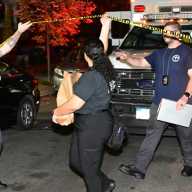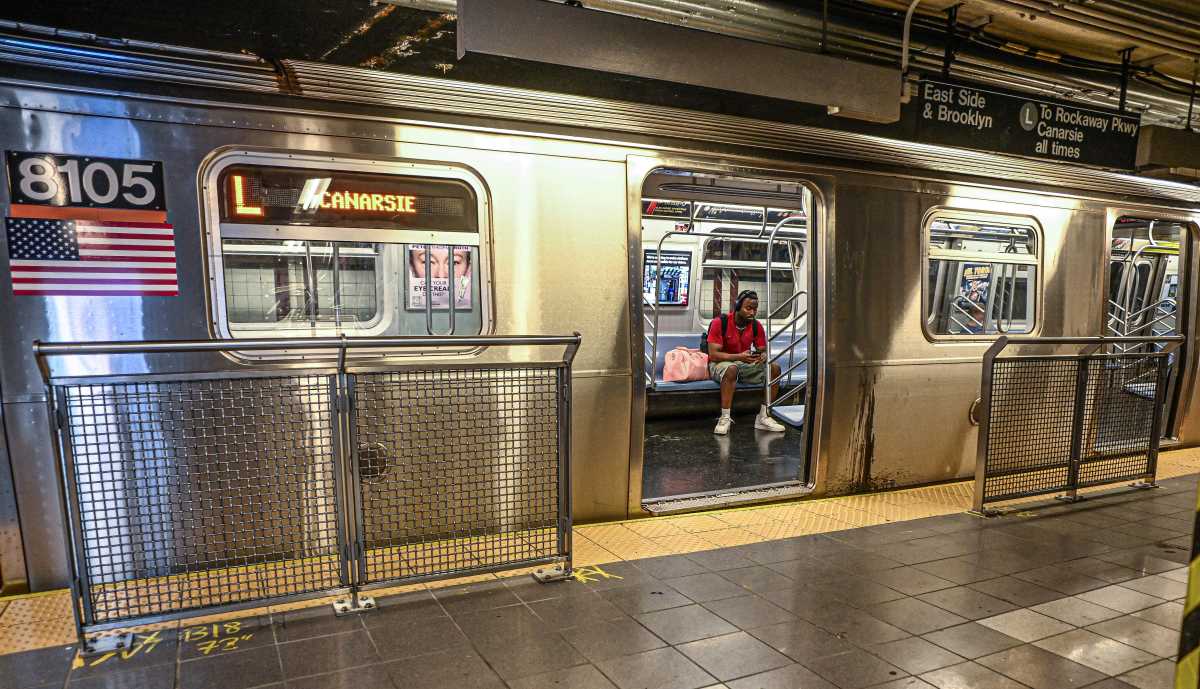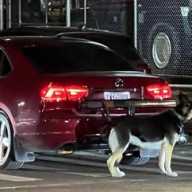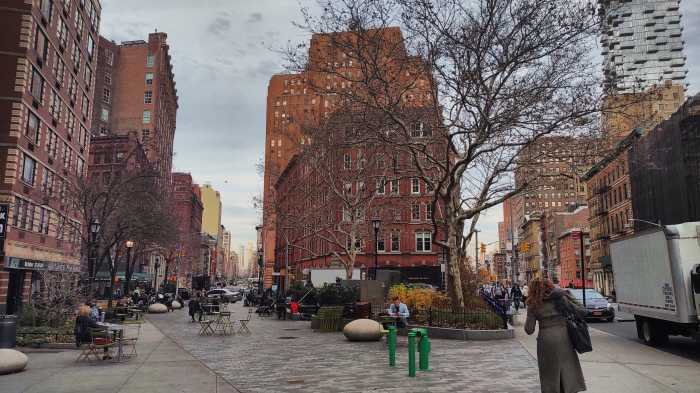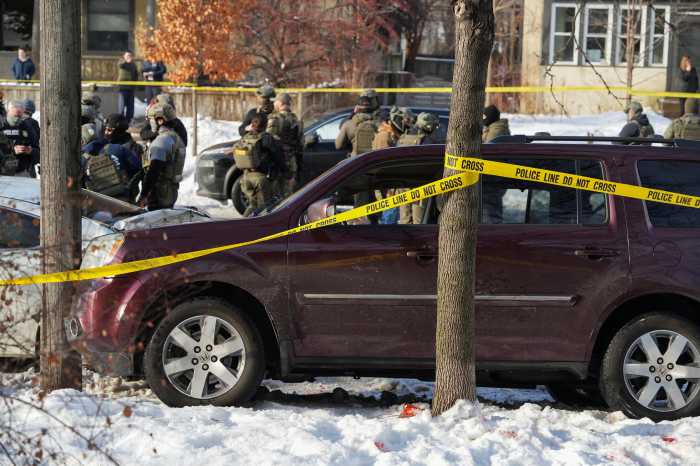Queens has the cleanest – and the dirtiest – subway line in the city, according to The New York Public Interest Research Group (NYPIRG) Straphangers Campaign’s 10th annual “Subway Shmutz” survey, which rates the cleanliness of each subway line.
The No. 7 line came in as the cleanest, with 84 percent of the cars rated clean – an increase from the previous survey’s rating of 78 percent.
However, the R line had the lowest rating, with only 25 percent of the cars rated clean – a sharp decrease from its previous rating of 45 percent.
“I’ve used both lines before and the results don’t surprise me much,” remarked Alex Sanchez, a Queens resident. “I live in Jackson Heights and use the No. 7 to get to my job every day. The line is mostly clean, but more than that, it’s very reliable. I also like the fact that there has been an upward trend in the last couple of years.”
Sanchez, who also uses the R train to travel to Astoria on occasion, said there was definitely a large disparity between the R and No. 7 lines.
“It’s dirty on a good day, and filthy on a bad one,” Sanchez said. “It’s a bit surprising to find out it’s the absolute worst though.”
The Straphangers Campaign’s survey is based on observations of 2,200 cars made between September and December 2008. Twenty-two lines were rated for cleanliness of floors and seats, following MTA New York City Transit’s official standards for measuring car cleanliness. Cars received a “clean” rating if they were “dirt free” or had “light dirt” but were found to be generally clean.
Cars were rated unclean if they were “moderately” dirty, with heavy dirt or stickiness on the floor, or if they were found to be persistently malodorous. They also gained an unclean rating if they were found to be “heavily” dirty, with any empty food or liquid containers in the cars, or if seats were rendered unusable due to unclean conditions.
Overall, there was a statistical increase in total cleanliness, increasing from last year’s 50 percent to 57 percent. However, some believe the 2010 budget cuts will see a decrease in the total number of workers available to keep subway cars clean.
“It is encouraging to find an increase in clean cars,” said Gene Russianoff, the staff attorney for the Straphangers Campaign. “But we are very concerned that cuts in cleaners will result in dirtier cars,” Russianoff said the next campaign cleanliness report would show whether “fewer elbows result in less elbow grease.”
The Straphangers Campaign was founded in 1979, in order to help “turn around transit.” It regularly conducts surveys and delivers the public critiques and recent information on New York City’s transit system.
For more information, visit https://www.straphangers.org/, or call 212-349-6460.












